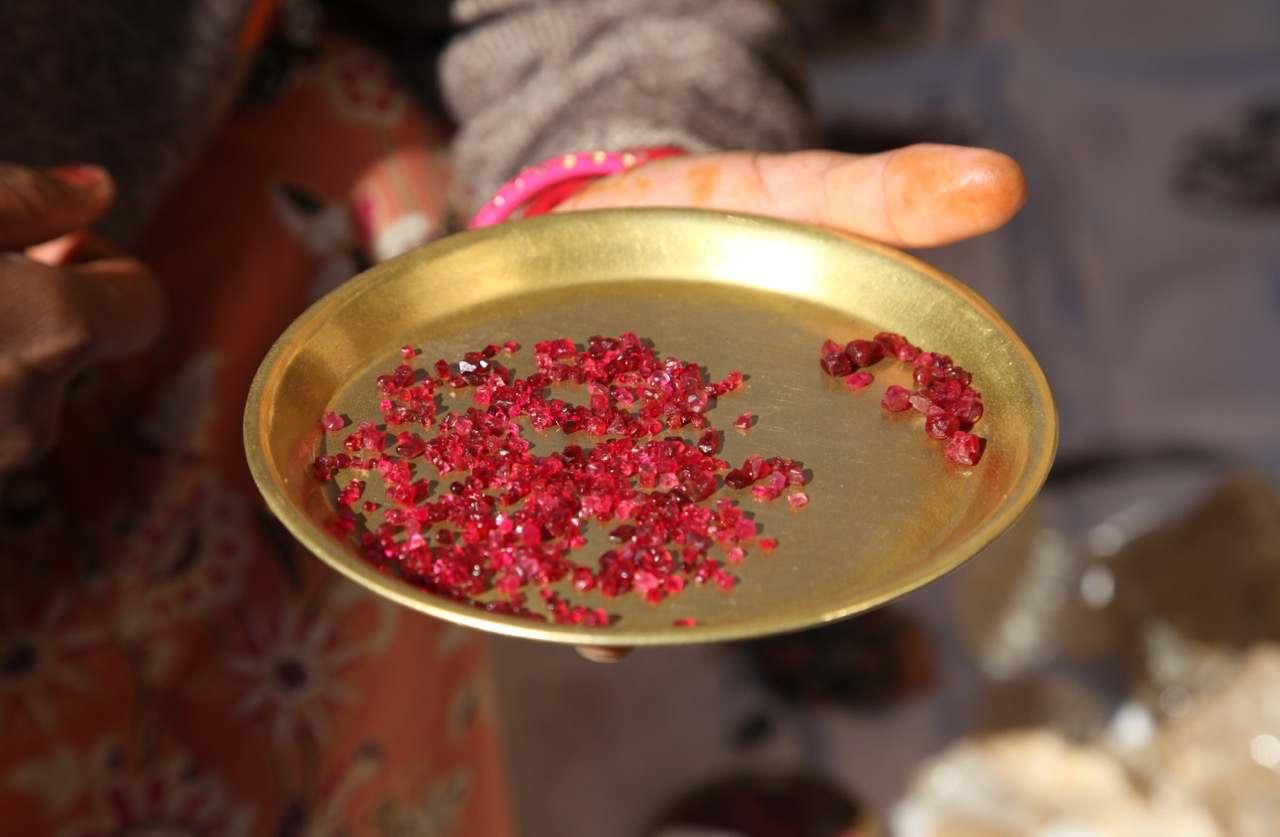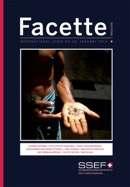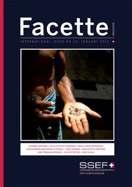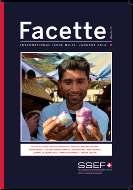

Origin determination
and traceability:
| An overview for gemstones
Presentation by
PD Dr. Michael S. Krzemnicki, Director Swiss Gemmological Institute SSEF

| TERMS AND THEIR SIGNIFICANCE
The terms Origin and Origin Determination cover many aspects:
-Formation (natural vs synthetic or cultured)
- Geological
-Geographical - Historical
-Emotional
-Species-related (e.g. CITES)
-Political (boycott) / Sustainability / responsible sourcing



Ruby mining near Bawpadan in Mogok
| TERMS AND THEIR SIGNIFICANCE
Traceability:
-Tracing (from market to origin)
-Tracking (from origin to market)
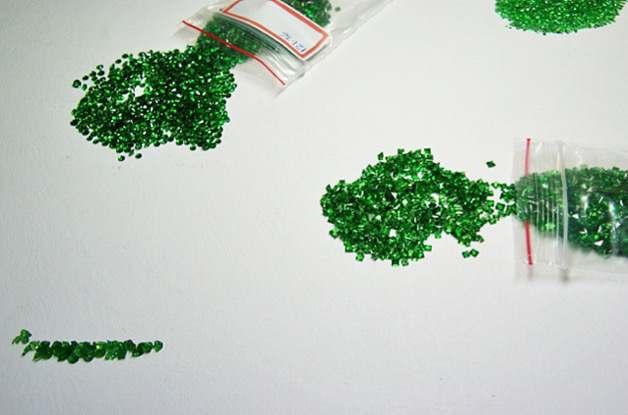

Tsavorite garnet from Kenya & Tanzania. For sale in India.
Challenges, especially for coloured gemstones:
-Mostly informal artisanal mining
-Mostly small short-lived deposits
-Quality main criteria over origin
-Stock management
-Gems are not a commodity (huge amount of historically mined gems)
-Overlapping analytical data for gems from different origins
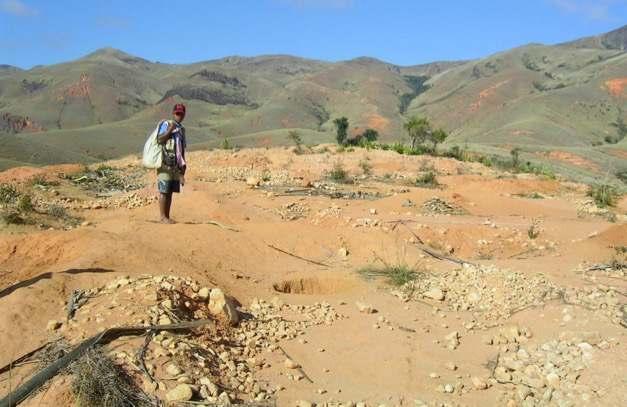


Photos © L. Cartier, SSEF
| GEMMOLOGICAL LABORATORY
A gemmological laboratory analyses loose and mounted gems with scientific methods and issues reports giving expert opinions to answer the following questions:

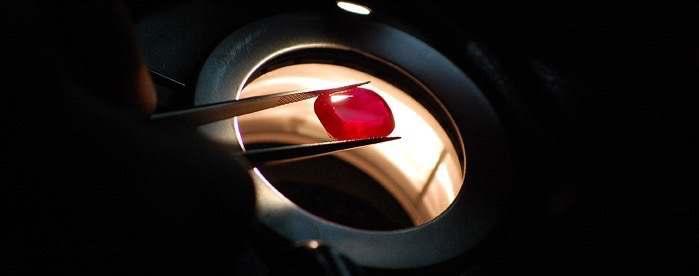
Identification: What gemstone ?
Authenticity: natural formation or synthetic production ?
Treatment: treated or not, what kind of treatment ?
Origin: which country/deposit ? (scientifically only possible for certain coloured gemstones)
Quality: international standardised grading (commonly only for natural diamonds)

| ORIGIN DETERMINATION
A multi-step scientific deduction process:
-Inclusion features
-Analysed physical and structural properties
-Trace element composition
-In certain cases radiometric age dating
First level
Deduction of the geological setting (e.g. marble, amphibolite rock, basaltic rock) in which the gemstone has formed.
Second level
Based on this, deduction of the best fitting geographic gem producing country/area.
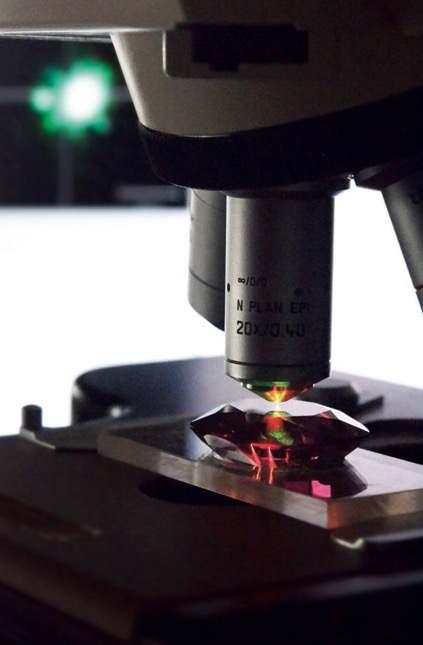

| ORIGIN DETERMINATION
Finally, a geographic origin determination is always an expert opinion, and as such different labs may also come to different results, very similar to fields such as paintings, or antiquities.
But still it is an independent assessment and may be crucial to support or exclude origin claims made in documents or by a client.
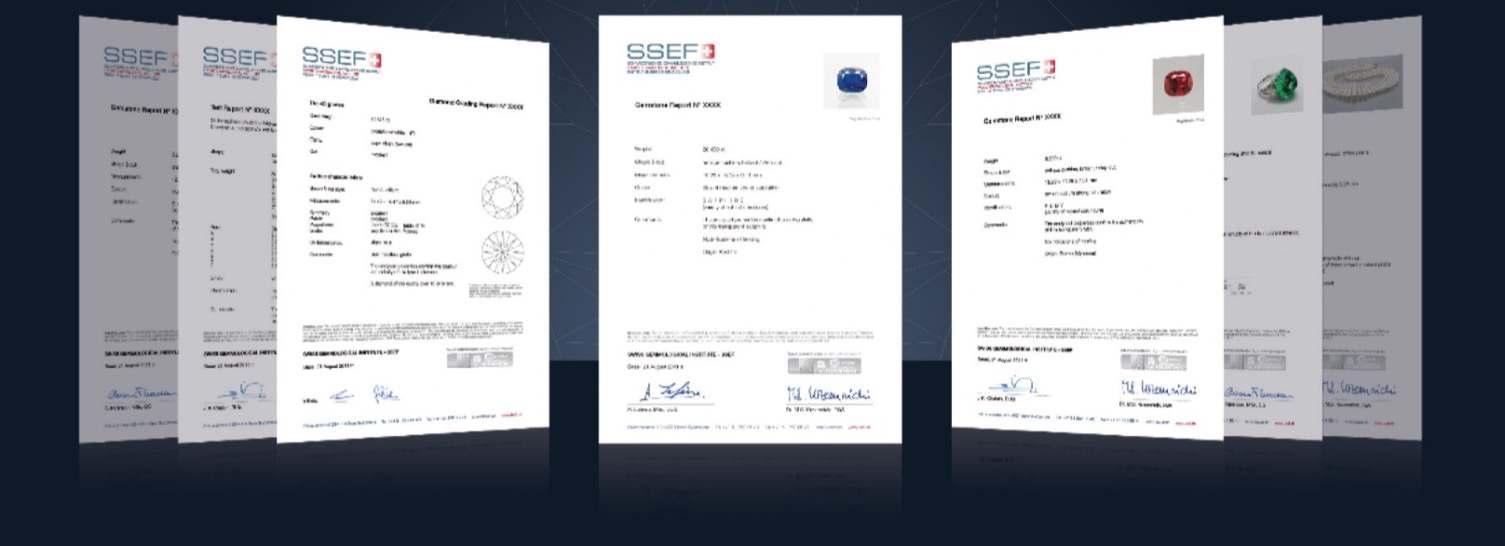

| KASHMIR SAPPHIRE

1880 sapphire deposit discovered in the Zanskar mountain range in Kashmir (India) 1882-1887 main mining activity
1888-today only sporadic activity, but no evident production of gem-quality material

| KASHMIR SAPPHIRE
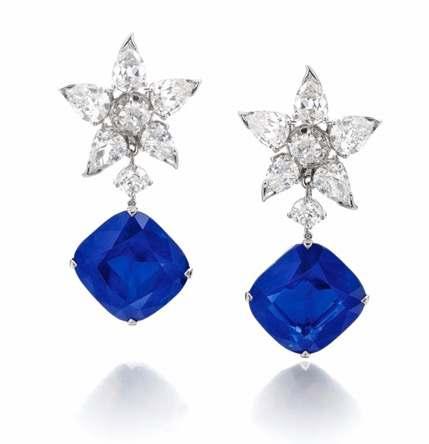


The Richelieu sapphires, sold at Sotheby‘s Geneva for US$ 8.35 mio.



| KASHMIR SAPPHIRE


Pargasite (amphibole) in sapphire from Kashmir
| KASHMIR SAPPHIRE
Raman spectra of zircon inclusions


Kashmir
Ambatondrazaka Madagascar
‚Kashmir-like‘ sapphires of excellent quality from new deposit near Ambatondrazaka, Madagascar.
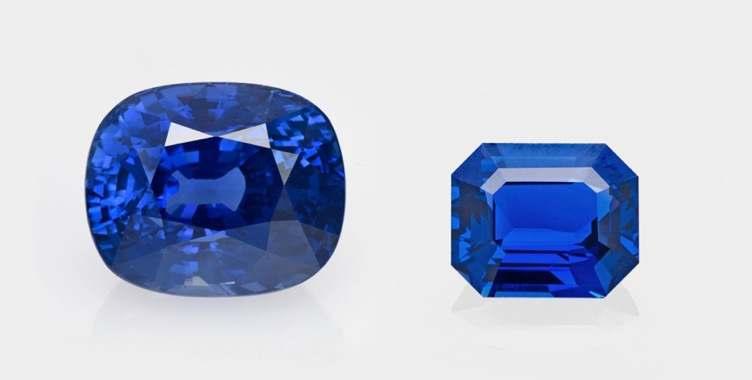

metamict zircon inclusions non-metamict zircon inclusions
| KASHMIR SAPPHIRE

Trace element analyses using laser ablation ICP TOF MS




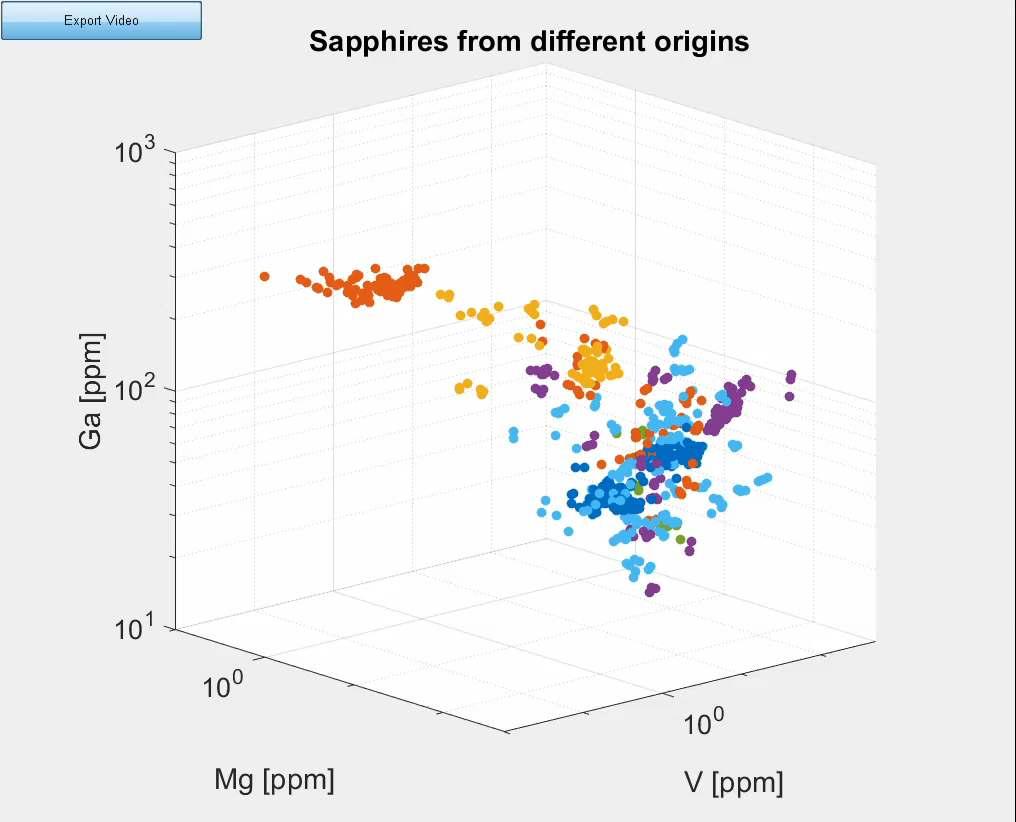


| REAL CASE IN THE SSEF LABORATORY
Natural vs Synthetic Origin
Separation of ruby of natural origin (formation by geological process) from ruby of synthetic origin (produced in a factory, e.g. in Switzerland).
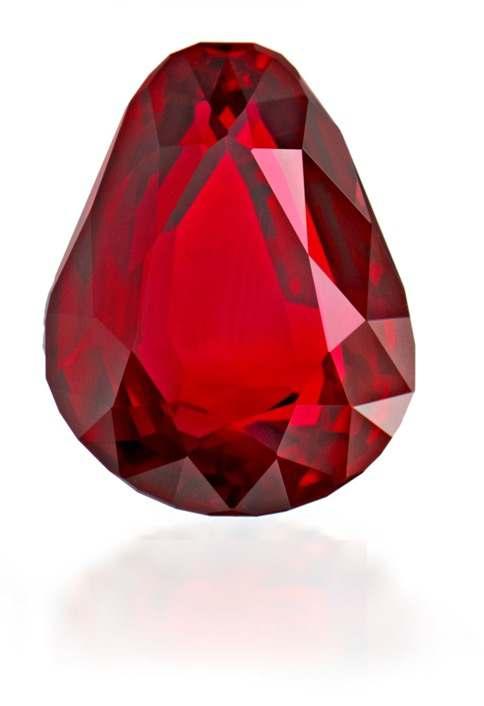
Natural ruby of 22.04 ct from Mozambique (named the “Rhino Ruby”) ca. 500 million years old

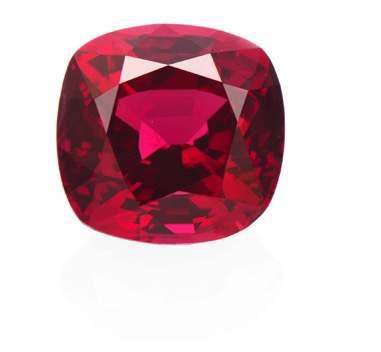
Synthetic ruby of 6.54 ct Probably 1-30 years old !
| REAL CASE IN THE SSEF LABORATORY
Historic Provenance
Documenting scientifically gemstones of historic or iconic significance.
Sapphire of Catherine the Great (331 ct), Empress of the Russian Empire from 1762 to her death in 1796.
Later part of the Harry Winston ‘CourtofJewels’ collection (see HarryWinston,theultimateJeweler by Krashes and Winston, 1984, page 27).






| REAL CASE IN THE SSEF LABORATORY
Historic Provenance
Supporting evidence by using radiocarbon age dating of a historic pearl.
Documented since mid 19th century, originally belonging to Ana María de Sevilla (1828-1861); probably fished during Hernán Cortéz’ conquest of the Aztec empire in the 16th century.
Our radiocarbon age dating result (16th – 17th century) perfectly matches the historic provenance of this pearl.
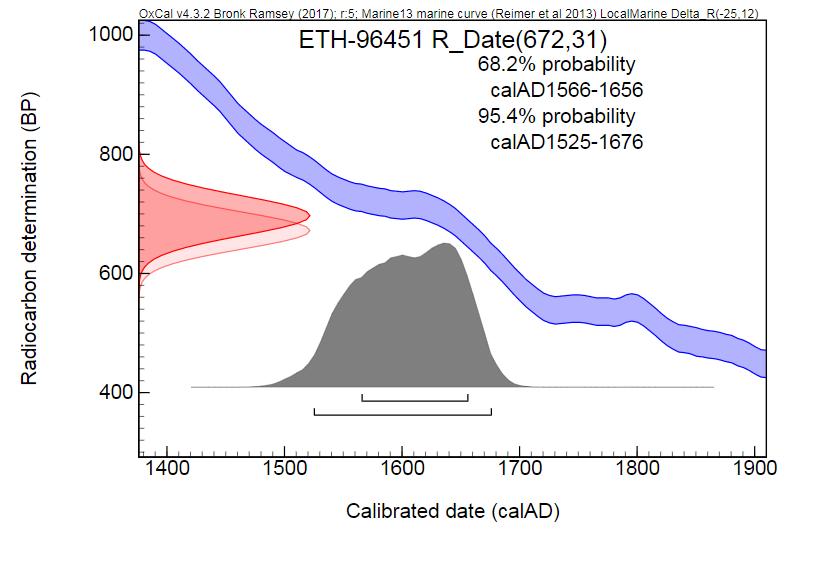
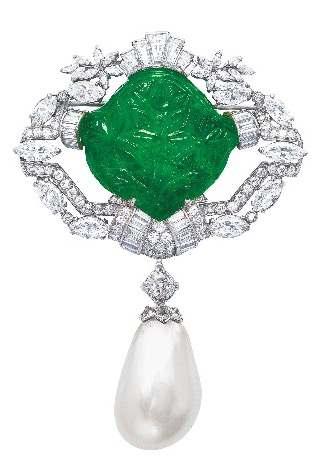
at auction this May in Geneva Christie’s Magnificent Jewels Lot 264

| REAL CASE IN THE SSEF LABORATORY
Determining biological species by using spectroscopic methods and DNA fingerprinting.
SSEF will soon offer DNA fingerprinting and species identification as a service for pearls, corals, and ivory in collaboration with the IRM University Zurich.
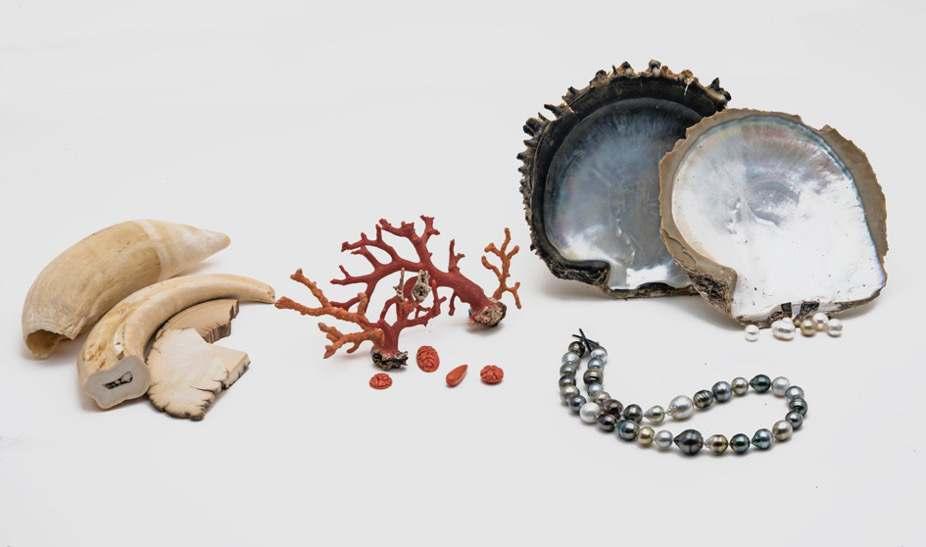


See also https://www.ssef.ch/library/



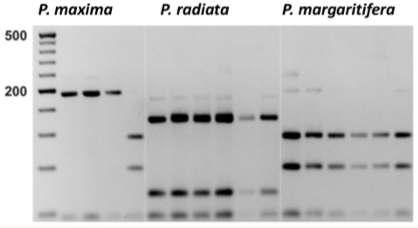

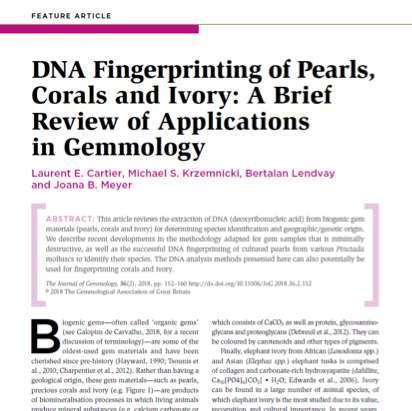

| REAL CASE IN THE SSEF LABORATORY
Geological age dating of gemstone formation possible in specific cases by using tiny, surface-reaching inclusion minerals.
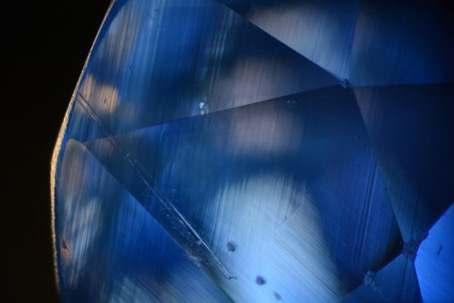


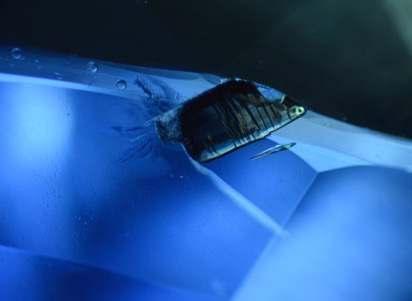

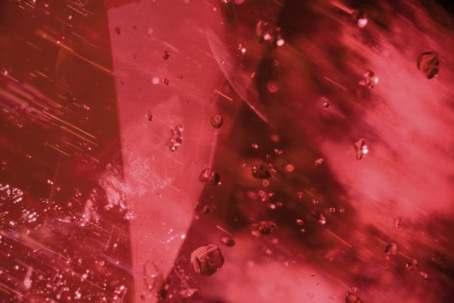

Rutile in sapphire
Titanite in ruby
Zircon in sapphire
| REAL CASE IN THE SSEF LABORATORY
Geological age dating


This ruby of 12 ct from an iconic Harry Winston necklace is approximately 35-40 million years old. The radiometric age dating result is well fitting with the formation of the Himalaya mountain range and the formation of gem deposits in Mogok, Myanmar.
See also SSEF Facette 2019 https://www.ssef.ch/ssef-facette/

May support geographic origin determination, as it connects a gemstone to gem deposit formation and plate tectonics. r



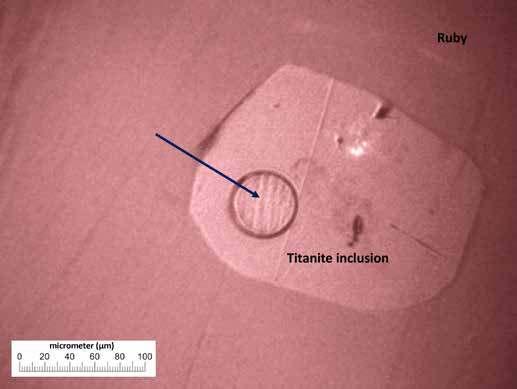
| REAL CASE IN THE SSEF LABORATORY
Documenting (tracking) the treatment status of a gemstone when tested several times in the laboratory, even when submitted by different clients and without indication that the gemstone was already tested before by SSEF.
First submission June 2015
Second submission September 2017
Third submission July 2018


| REAL CASE IN THE SSEF LABORATORY
Documenting (tracking) of a gemstone in the lab when tested several times, even when recut between submissions and without disclosure that the gemstone was already tested before by SSEF.
First submission February 2012 Second submission March 2015 Third submission June 2018 Fourth submission March 2019
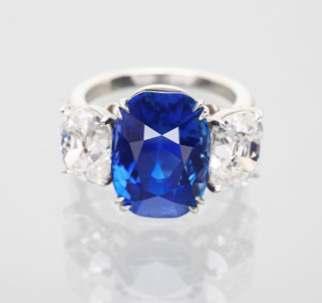
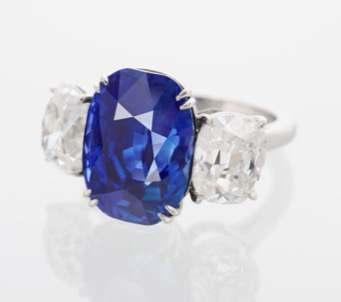
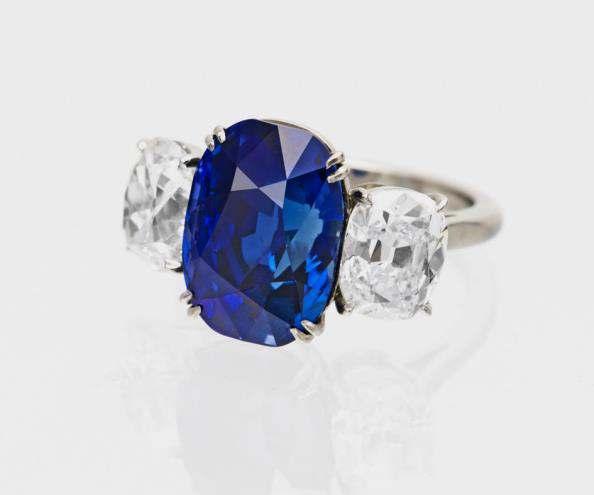
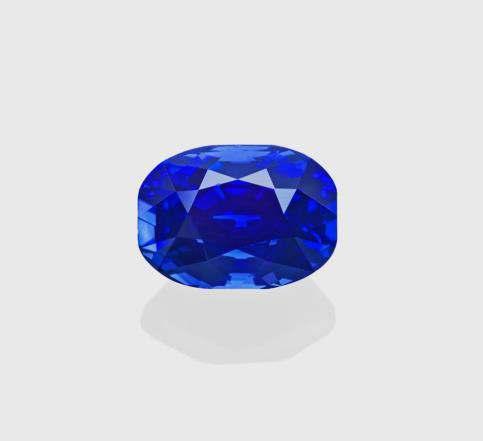

| TRACKING SERVICE BY SSEF: GEMTRACK
New service by SSEF which links a cut stone to a specific rough stone using gemmological techniques.
Given the growing demand for provenance and traceability in our industry, the SSEF provides a truly independent gemmological documentation of any gem on its journey from rough to cut and even into jewellery.
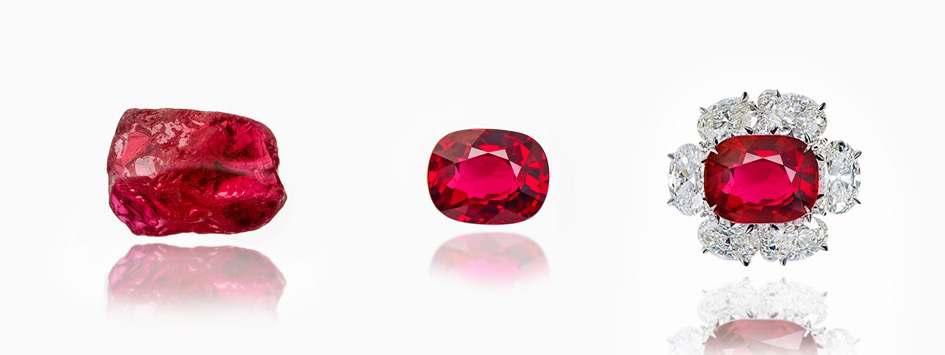

| TRACKING SERVICE BY SSEF: GEMTRACKTM
Procedure:
1)Step: Rough stone is tested by SSEF
Stone is cut by client and resubmitted to SSEF
2)Step: Cut stone is compared to data of rough
GemTrackTM document added to SSEF Report documenting the journey from rough to cut.
If (new) client sets stone in jewellery
3)Step: Recheck of the mounted stone GemTrackTM document added to SSEF Report documenting the journey from rough to jewellery.
See also https://www.ssef.ch/gemtrack/





GemtrackTM can be easily integrated in existing blockchain solutions.

Blockchain, Chain of Custody and Trace Elements: An Overview of Tracking and Traceability Opportunities in the Gem Industry
Laurent E. Cartier, Saleem H. Ali and Michael S. Krzemnicki
ABSTRACT: Recent developments have brought due diligence, along with tracking and traceability, to the forefront of discussions and requirements in the diamond, coloured stone and pearl industries. This is a result of consumer demands for detailed information on the provenance of gems, banking requirements aiming to reduce risk, industry and company initiatives seeking to bring greater transparency, and growing government legislation on mineral supply chains. To address this trend, certification mechanisms and technologies (such as blockchain) are being developed to solve inherent traceability challenges. As applied to gems, such standards and associated technology could benefit from the support of existing gemmological approaches (e.g. geographical origin determination) to enhance traceability and transparency measures. Recent initiatives are not just limited to corporate social responsibility reporting and due diligence requirements, but they also embrace supply chain management (including quality control and process improvements)—for example, to correctly identify and disclose treated and synthetic materials throughout the jewellery industry—as well as address consumer demand for provenance information. This article provides an overview of current trends and developments in the tracking and traceability of gems, along with an explanation of the terms used in this context.
The Journal of Gemmology, 36(3), 2018, pp. 212–227, http://doi.org/10.15506/JoG.2018.36.3.212 © 2018 The Gemmological Association of Great Britain


TBLOCKCHAIN


STEP 1: An individual rough stone is added to the blockchain, along with supporting documentation (miner, date, location, photos, weight, measurements, etc.). A block is created on the blockchain and the stone obtains a unique ID number.



STEP 2: A gem cutter purchases this rough stone. New data characterising the now cut and polished gem can be added to the blockchain.


STEP 3: A jeweller buys the cut stone and mounts it in a ring for retail sale. New data on the manufacturing of the ring can be added to the blockchain.



STEP 4: A consumer buys the ring. Documentation including a unique ID to visualise certain elements of the history of the gem on a dedicated platform may be provided to the consumer. The identity of the consumer may also be recorded on the blockchain if desired (useful for insurance claims as proof of ownership).
Figure 4: This generalised example of a blockchain serves to illustrate how information can be documented on a single gem’s journey from mining to cutting and onward to retail and eventually the end consumer. After the stone is mined, the trade and transfer of ownership are validated at each step by both parties involved and recorded immutably to the blockchain. Illustration by L. E. Cartier.
| CONCLUSIONS
- Origin determination is a scientific deduction process to assess the geographic origin (commonly country/mining area) of a cut gemstone.
- Origin determination from a laboratory provides an independent assessment and may support or exclude origin claims made in documents or by a client.
- Tracing and tracking of gemstones submitted several times to the laboratory is possible.
- SSEF GemTrackTM is a tracking service from rough to cut (and mounted) gems, similar to services offered by other laboratories.
- Integration in blockchain solutions is possible in principle whenever a gemstone is tested in a gemmological laboratory.


